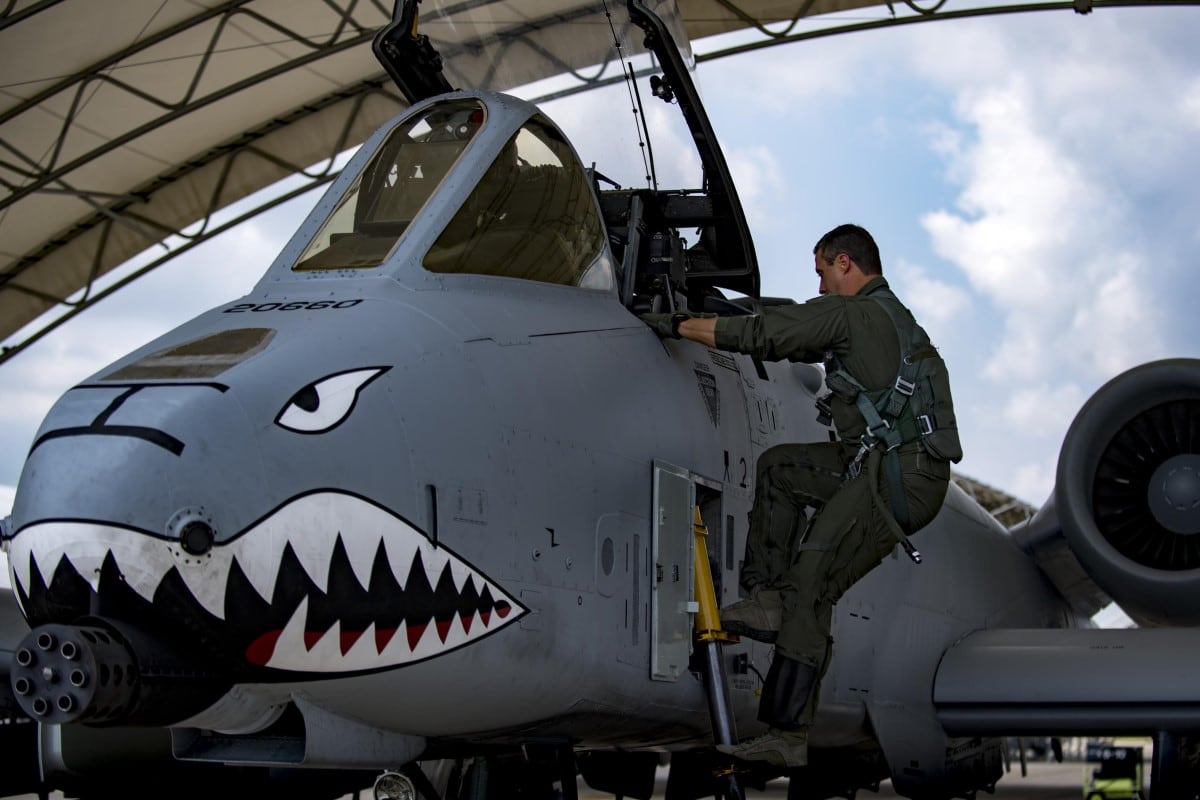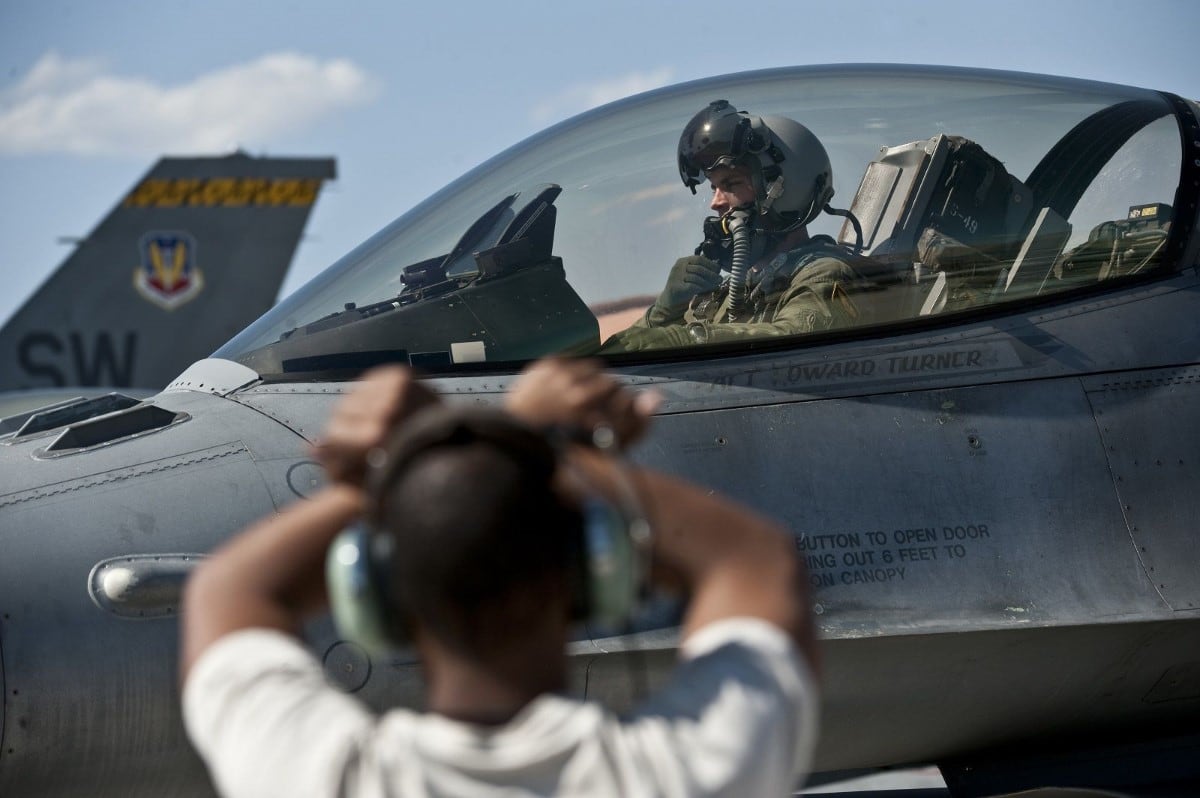The Air Force says 125 retired pilots, combat systems officers and air battle managers have applied to return to active duty since May.
The Air Force is trying to bring back officers under the Voluntary Retired Return to Active Duty program to help alleviate serious manning shortages in the pilot and other rated career fields. Last May, the service announced a major expansion of the VRRAD program, and said as many as 1,000 recently retired officers could return.
But far fewer retirees have applied, according to statistics provided by the Air Force. Of the 125 total applicants, 50 are pilots. The Air Force has so far approved 42 applications, and are still processing the others.
“Returning to active duty after transitioning into retirement is a huge decision and we think the VRADD program is off to a successful start,” Air Force spokeswoman Capt. Carrie Volpe said in an email Wednesday. “The Air Force is aggressively working to keep our experienced aviators in the fight and even one rated member returning from retirement to serve on active duty mitigates shortages and enhances readiness.”
Half of the retired pilots who applied to return were 11M mobility pilots, 25 of whom submitted applications, the Air Force said. There were also 10 11F fighter pilots, four 11K trainer pilots and three 11R reconnaissance, surveillance and electronic warfare pilots who applied to return from retirement. The 11B bomber pilot, 11G generalist pilot, and 11S special operations pilot career fields each had two applicants. The 11H rescue and 11U remotely piloted aircraft pilot categories each had one applicant.
Returning officers could serve two, three or four years. The Air Force said the amount of time those who are approved will serve will depend on what assignment they are given.
“Pilot retention is a top Air Force priority, and the expansion of the VRRAD program is one of the many initiatives in place to help keep our experienced aviators in the fight,” Volpe said.
Returning officers could serve in rated and flying staff positions, as well as in training, testing or operational jobs. They could volunteer to deploy and fly combat missions, but that would not be a requirement.
Retired pilots could also come back to serve as instructors, either at undergraduate pilot training or to train more advanced new pilots on specific weapons systems.
Originally, the Air Force only allowed returning retirees to serve a year, but officials decided that wasn’t long enough. The longer periods of service would allow returning pilots and other officers up to a year to retrain, and then be able to serve a full three-year assignment. Longer tours would also increase family stability for those officers.
The Air Force’s first iteration of the program, unveiled in 2017, was only for up to 25 fighter pilots.
RELATED

When the second iteration of the program was introduced, the Air Force said the application window would close in December 2018. However, the VRRAD program transitioned to a different authority last September, which means the Air Force now will keep accepting applications until June 30, 2022.
To be eligible, officers must have retired from active duty within the past five years, or be about to retire within 12 months of their application. They also must be captains, majors or lieutenant colonels under the age of 50, although the Air Force will consider those older than 50 on a case-by-case basis.
They also must be medically qualified to serve on active duty, and have served in a rated staff position within the past 15 years, or been qualified in an Air Force aircraft within 10 years of the time they apply. Officers who retired due to a physical disability are not eligible for this program.
Pilots who return to active duty will not be eligible for aviation bonuses or promotion consideration.
Stephen Losey is the air warfare reporter for Defense News. He previously covered leadership and personnel issues at Air Force Times, and the Pentagon, special operations and air warfare at Military.com. He has traveled to the Middle East to cover U.S. Air Force operations.





